
THERE'S NO PLACE LIKE HOME
✦
STEVE DeFRANK & WILLIAM PAGANO
✦
THERE'S NO PLACE LIKE HOME ✦ STEVE DeFRANK & WILLIAM PAGANO ✦
To be away from home and yet find oneself everywhere at home; to see the world, to be at the centre of the world, and yet remain hidden from the world — impartial natures which the tongue can but clumsily define. The spectator is a prince who everywhere rejoices in his incognito.
― Charles Baudelaire
Steve DeFrank and William Pagano are spectators of society and culture from their self-designed enclaves, constructs that began in their adolescence. They are the American post-war counterparts to the denizens of modernity who strolled the streets of 19th century Paris, the flâneurs, most often associated with the work of French poet, essayist, and art critic Charles Baudelaire. DeFrank’s and Pagano’s observations of modern life began in their formative years, predominantly through mass media and pop culture. With eager eyes, they religiously pored over novels, printed matter, film, and television in private nooks they had created in their respective family homes. It was there, through introspection and experimentation, that each established their sophisticated aesthetic and philosophical foundations. They had become social and cultural onlookers, flâneurs by necessity, seeking to decode a privileged heteronormative landscape and skewed morés, a strategy to forge their own safe spaces and pathways forward. Born within each from these complex endeavors is a queer imagination and nuanced visual language unburdened by the strictures of the outside world.
THERE’S NO PLACE LIKE HOME
By Nora Della Fera
Since it was first released in 1939, The Wizard of Oz has been a cultural touchstone for queer folks — particularly gay men — and has continued relevance some 80 years later, even as queerness moves from its long-held position at the fringes of society into a more mainstream, widespread, and even celebrated identity. Elements of the iconic story speak directly to the experience of the queer community, not least of which is the metaphor constructed by the film around otherness, belonging, and escapism, and the notion that we each contain within ourselves the power to return home, whatever home means to us.
In this exhibition, aptly named after Dorothy’s most famous line, “There’s no place like home,” contemporary American painters William Pagano and Steve DeFrank explore the meaning of home through their formal engagement with color, material, and geometry. But what is the meaning of home for queer people? Is it where they grew up? Is it where they found acceptance and solidarity within or outside of their immediate family? Is it a physical place or an imagined state of being? For most queer folks, the notion of home is a complicated one and is intrinsically linked to the dichotomies between community and isolation, acceptance and rejection, and biological and chosen family.
William Pagano, MH Teal, 2022, 36 x 48 inches, acrylic on sintra.
William Pagano was born in New York and attended LIU Post where he earned an MA in sculpture. Steve DeFrank also has a background in sculpture, which he studied extensively for his BFA at Maryland Institute College of Art and again later, for his MFA at SVA. The influence of a foundational interest in three-dimensional construction can be observed in both artists’ bodies of work: for Pagano, it is most evident in the influence of architectural forms on his minimalistic compositions and for DeFrank, elements of sculpture can be found in his use of mixed media and highly textured materials. Though both artists emerge from a shared context of queer identity and a background in sculpture, the contrast between their current painted works could not be starker.
While Pagano’s paintings are comprised of neatly and intentionally constructed sharp-edged architectural forms rendered in hazy, muted pastel tones, DeFrank’s work struggles to contain itself, at times bursting in vivid colors out of the frame and even off the wall entirely.
Pagano’s architectural compositions bring a sense of stability through their linearity and intentional repetition, while DeFrank’s colorful and bulbous forms seem to multiply and metamorphosis almost uncontrollably from one frame to the next, transforming like chemically altered molecules held under a microscope, and forming a progression in which each painting shares language with — but contains only an echo of — those surrounding it. Through overstimulation in the case of DeFrank and meditation in the case of Pagano, both bodies of work provide a vehicle for escapism while also bringing comfort to the senses.
Steve DeFrank, Moon Reflection, 2022, 40 x 30 x 2 inches, casein on panel.
Together they form the meaning of home as it exists within the collective queer imagination. Pagano’s paintings, in all their sleek bareness and ambiguity, invite self-reflection and projection and evoke a sense of comfort, representing the utopian wish for safety and groundedness. DeFrank’s work looks to the future, embodying playfulness and flamboyance, as well as the audacity of queer people to build their own homes, forge their own families, and make their own rules.
Informed by their own lived experiences as gay men, both artists have tapped into an intense longing for connection and community felt by so many people living on the margins of society. Regardless of an individual’s upbringings or the comfort provided to them by family and at home, queer people exist in a world that was not built for them — a reality that is at once universally felt and profoundly isolating.
William Pagano, Study in White and Periwinkle, 2022, 12 x 16 inches, oil and acrylic on canvas.
Thus, the concept of solitude emerges organically from the queer experience. Innately linked to themes of escapism, the notion of solitude and its antidotes can be found throughout both artists’ bodies of work. In many of DeFrank’s progressions, he explores the colors of dawn, of the transition from night to morning, an hour he associates with returning home from a gay club. In DeFrank’s experience of this early morning hour, the transition from night to morning is mirrored by his transition home, a transition from utopia back into the real world — a moment that stands right at the precipice of community and solitude, of fantasy and reality. Some examples of this work, rendered in rich blues, purples, pinks, and greens, meditate more overtly on the hues of daybreak, while others incorporate only hints of a jewel-toned ombre sky, hinting at the fleeting nature of these brief intervals of awe and wonder.
Steve DeFrank, In the Mood, 2022, 12 x 9 x 2 inches, casein on panel.
Like DeFrank, Pagano has embedded the physical settings of his escapism into his works. Abstract and minimalistic in nature, Pagano’s compositions are highly influenced by the artist’s structural sensibility and his longtime affinity for architectural schematic books, which he would pour over as a child, losing himself inside their pages in much the same way as another child might with a fantasy novel. In both cases, the artists have looked to escapism as a way of finding internal utopia and in turn, they now share this vision with us through their exuberant and meditative works.
Ultimately, the only homes we ever truly belong to are our own fleshy bodies and our own precious, precarious minds. To be alone with oneself is both the utmost challenge and the ultimate reward. So much of life is finding our way back to our own thoughts and desires and values; it is unlearning what the world has taught us and breaking out of the restrictions it has imposed on us. We find our way home when we return to our true selves. For queer people, this is especially true. In this sense, solitude is not always synonymous with loneliness, but rather can function as a source of comfort. And home isn’t a place at all, but rather a state of being. The paintings show us, just as Dorothy learns at the end of the movie, that no matter how far we stray, we can always return home. All we need to do is look inside ourselves.
THERE’S NO PLACE LIKE • CATALOGUE OF IMAGES
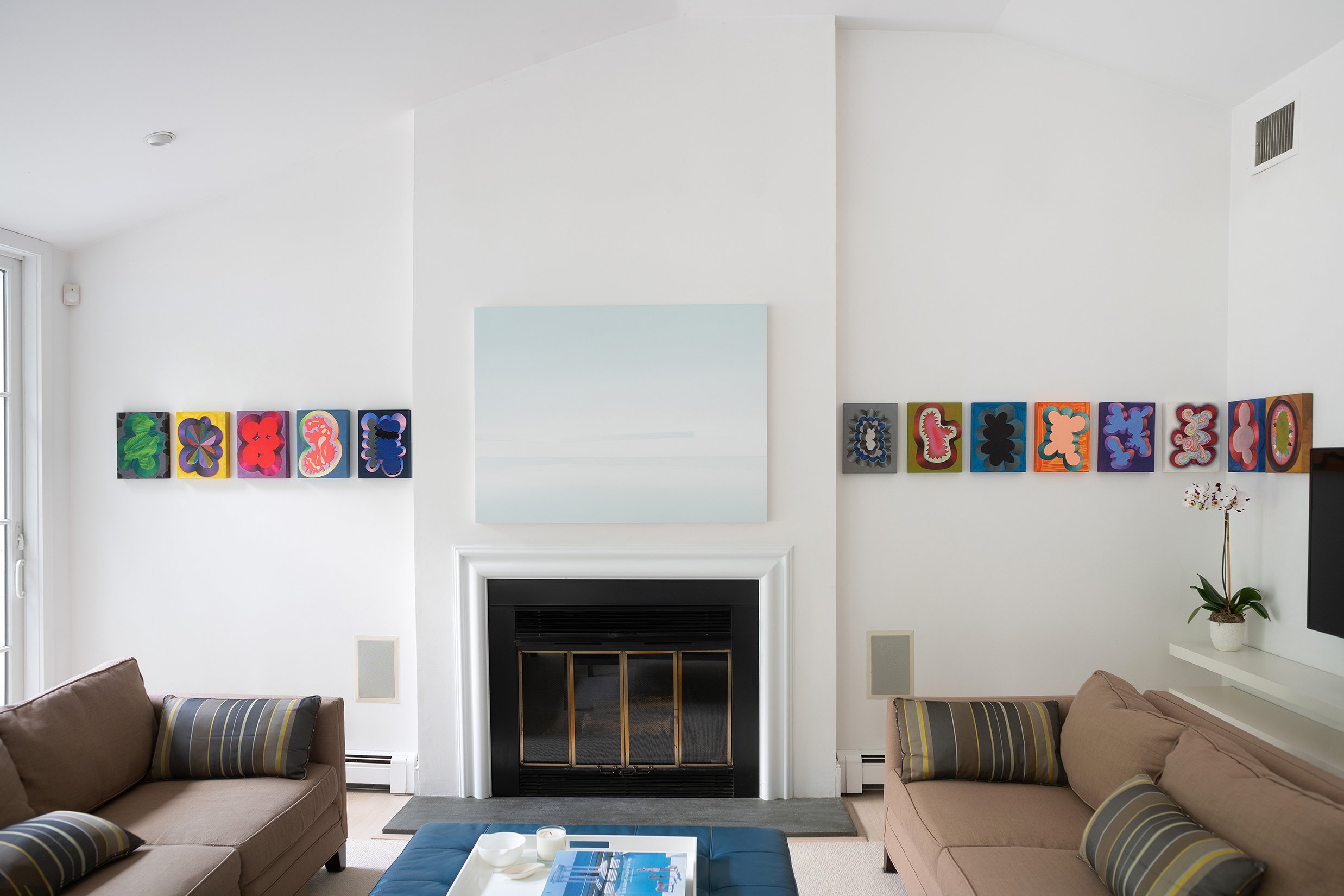
Installation view of There’s No Place from Home. Primary living space. From left: Steve DeFrank, Glimmer, 2022, Spin the Spinning Wheel, 2021, Mind the Gap, 2021, In the Groove, 2022, In the Mood, 2021; William Pagano, MH Teal, 2022; and, Steve DeFrank, The Gray Lady, 2021, Razor, 2022, Shhh, 2021, Prelude, 2021, Powder Puffs Unite, 2022, Fluent Forever, 2022, Big Red, 2021, Open Wide, 2021.
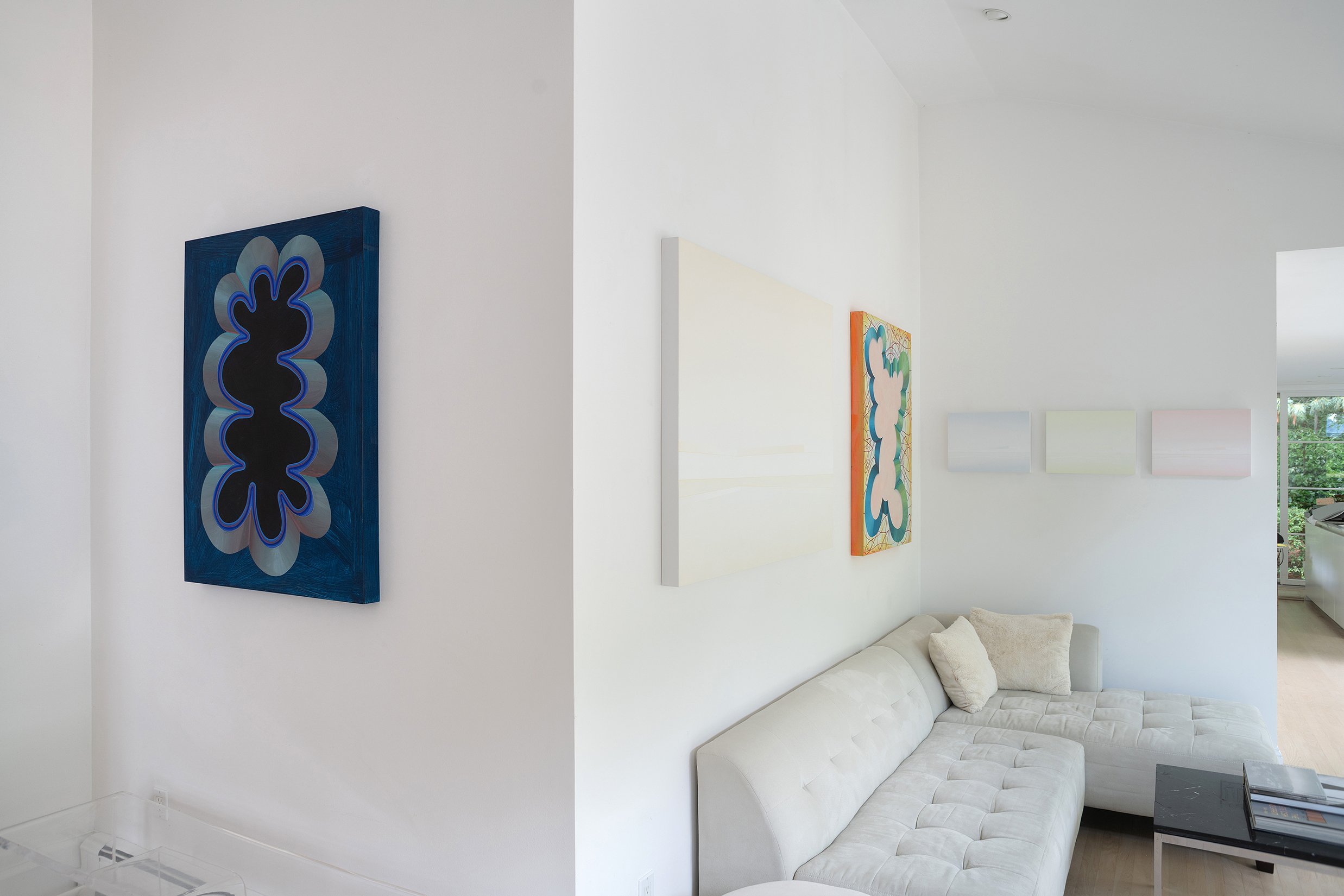
Installation view of There’s No Place from Home. Primary living space. From left: Steve DeFrank, Moon Reflection, 2022; William Pagano, MH Amber, 2022; Steve DeFrank, Cookie Cutter, 2022; and, William Pagano, MH Violet, 2022, MH Chartreuse, 2022, MH Vermillion, 2022.

Installation view of There’s No Place from Home. Primary living space. From left: William Pagano, MH Amber, 2022; Steve DeFrank, Cookie Cutter, 2022; and, William Pagano, MH Violet, 2022, MH Chartreuse, 2022, MH Vermillion, 2022.
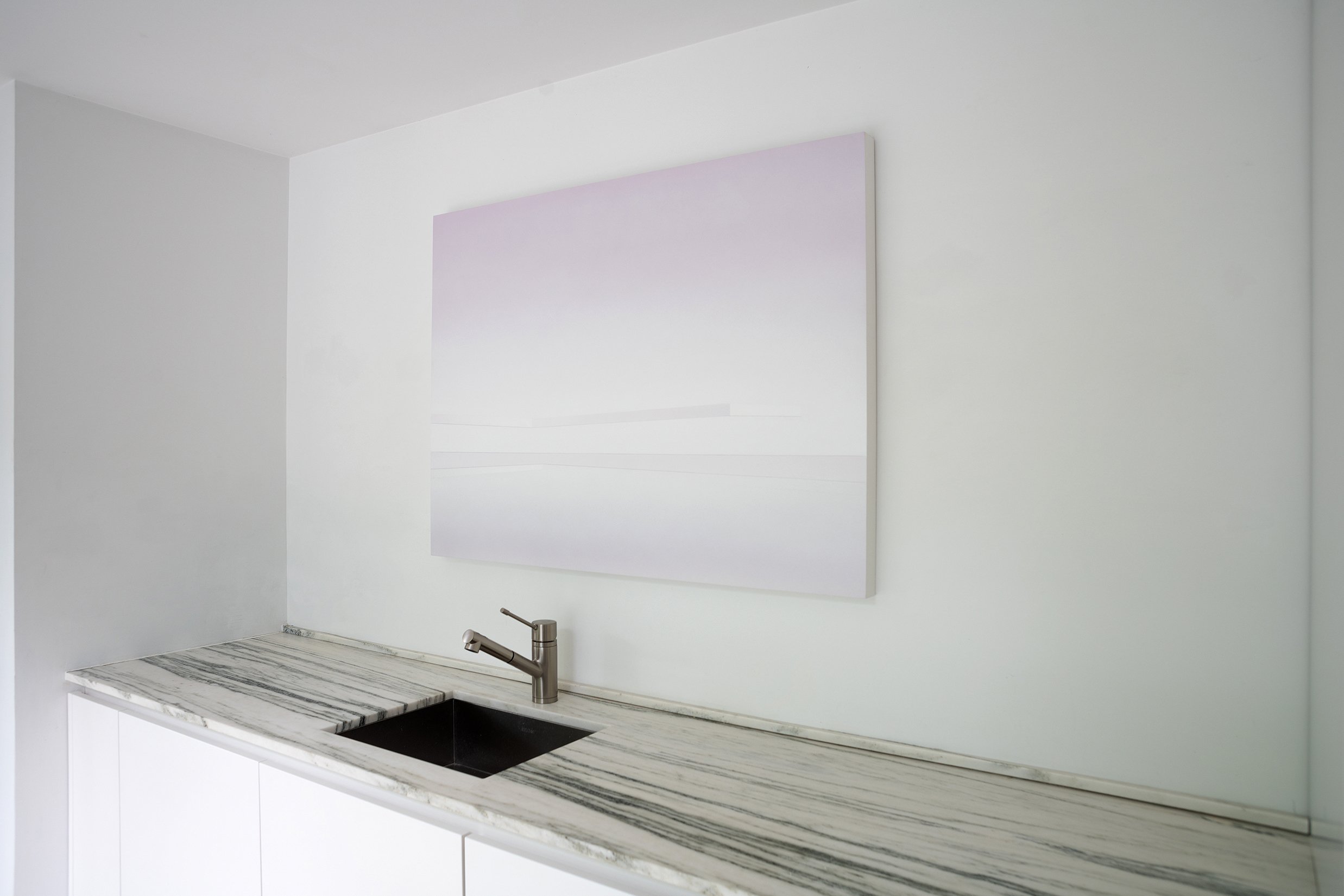
Installation view of There’s No Place from Home. Wet bar. William Pagano, MH Magenta, 2022.
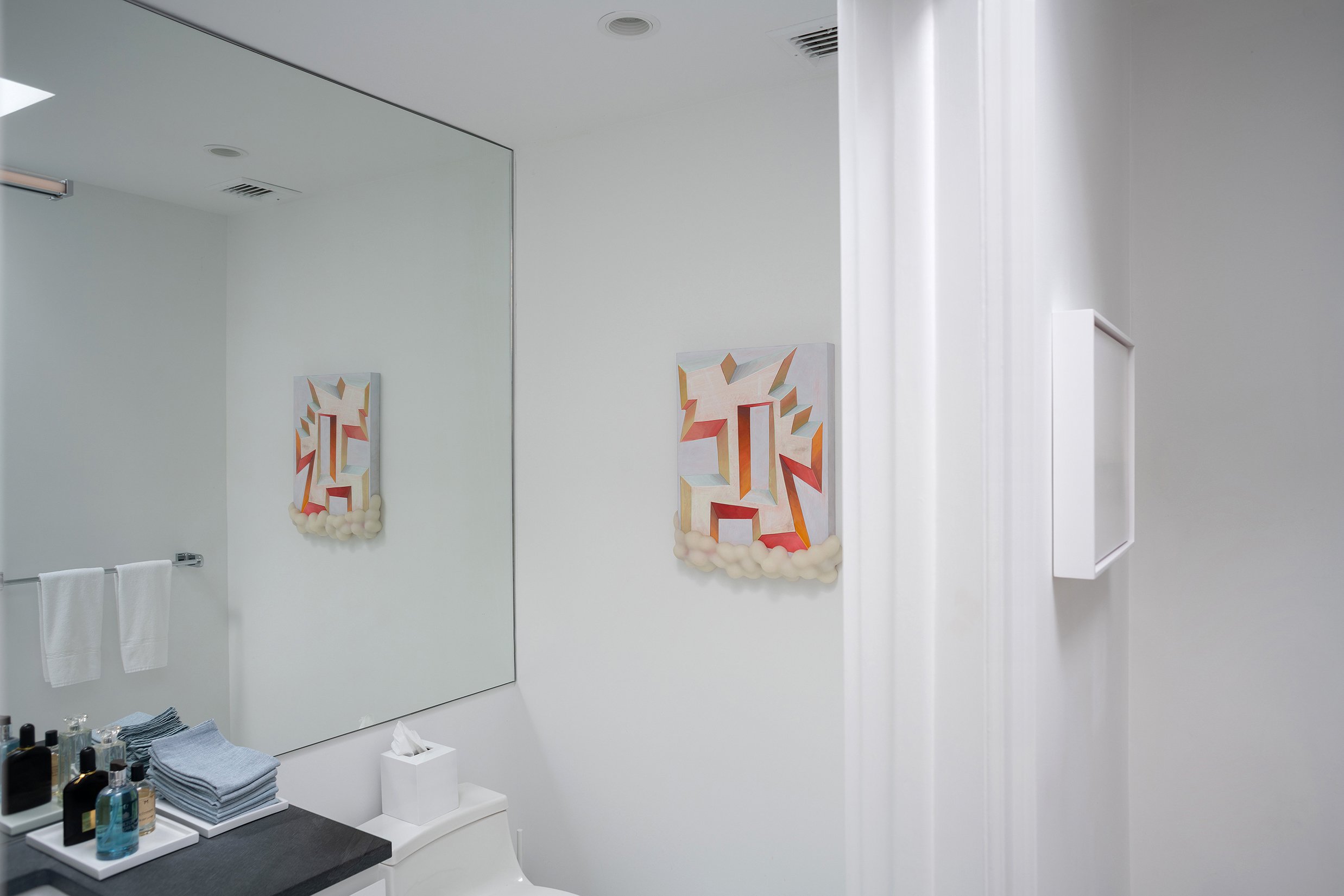
Installation view of There’s No Place from Home. Powder room and entry hall. From left: Steve DeFrank, Unfulfilled, 2019; and, William Pagano, Study in White and Lilac, 2022.
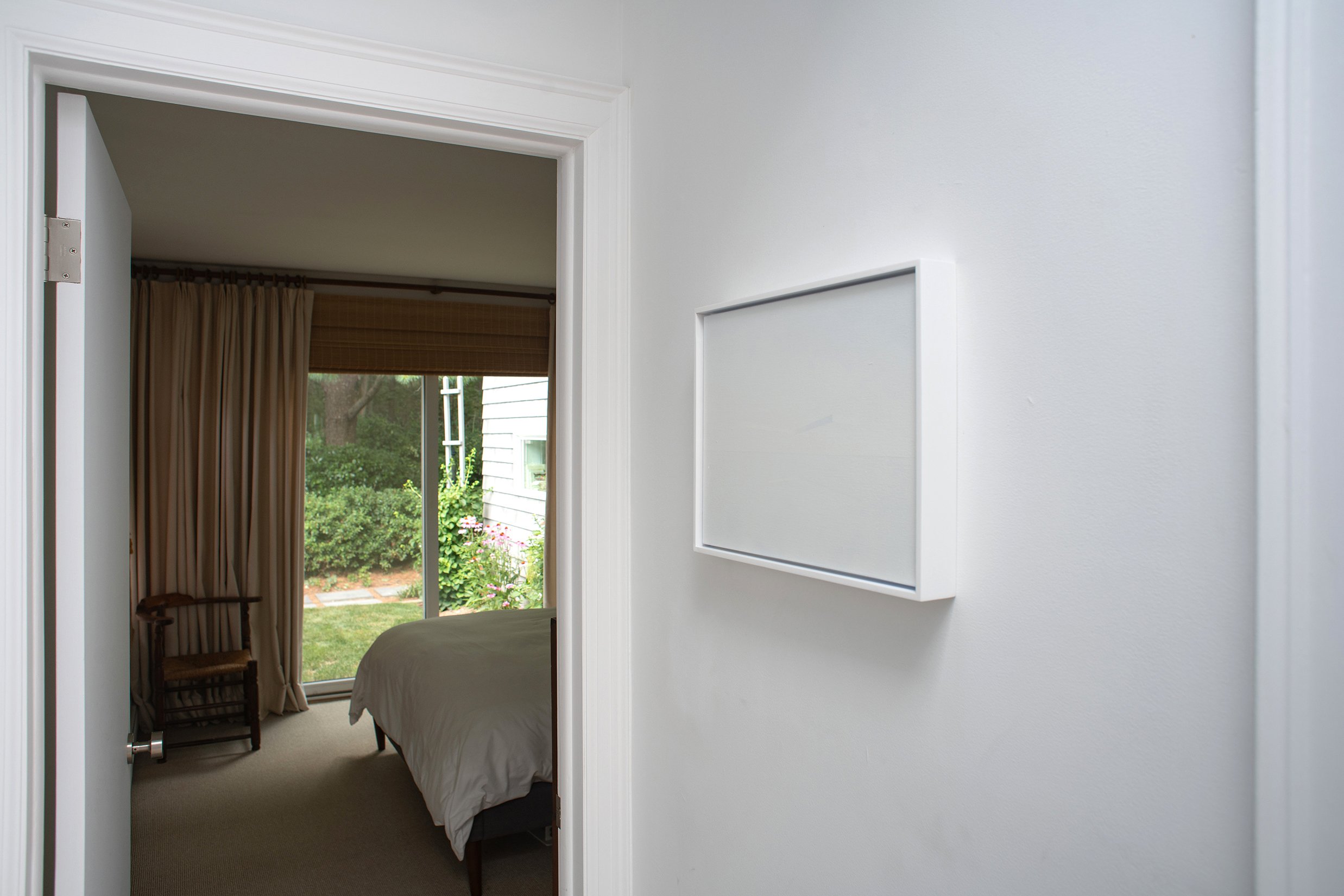
Installation view of There’s No Place from Home. Entry hall. William Pagano, Study in White and Periwinkle, 2022.
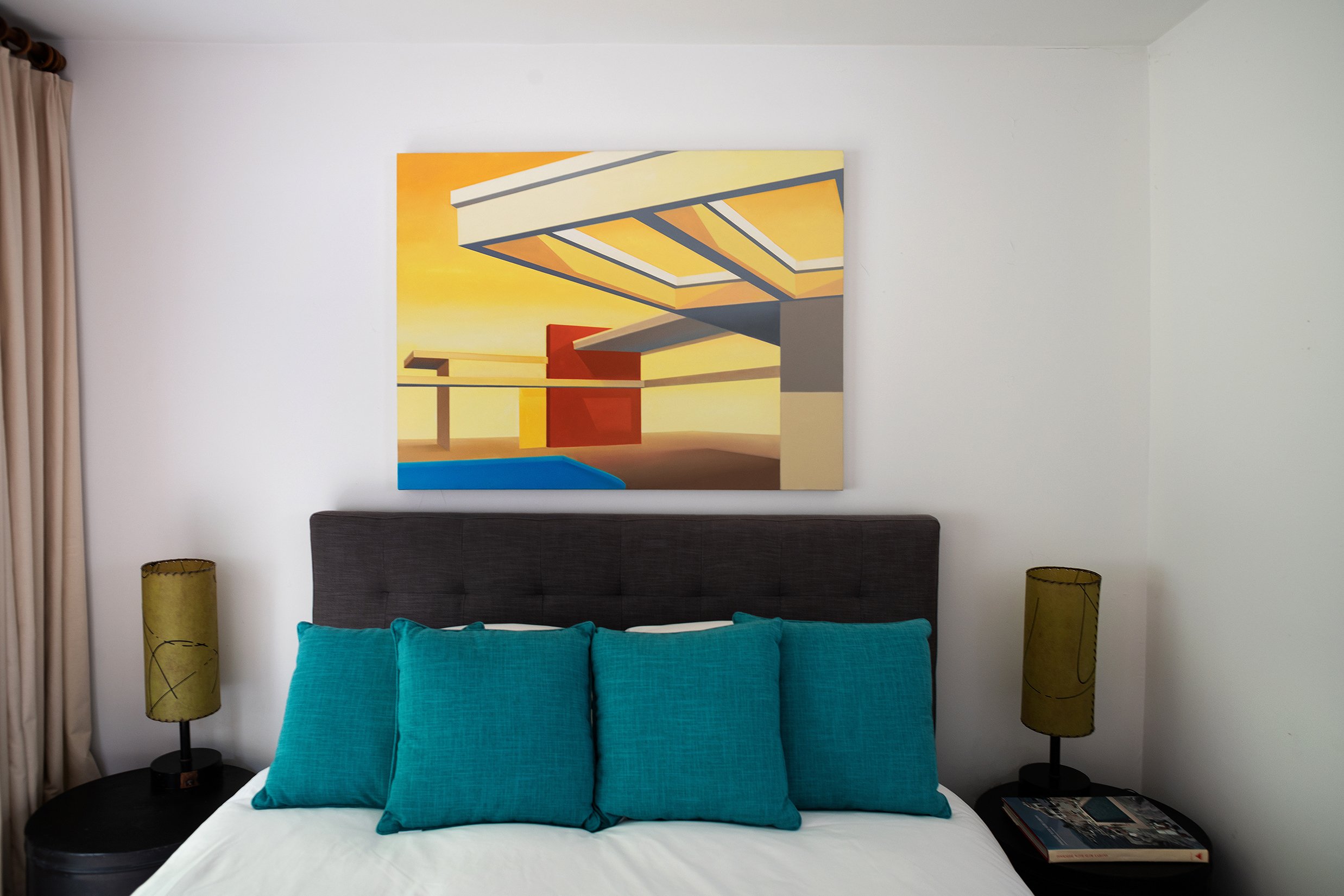
Installation view of There’s No Place from Home. Guest room. William Pagano, Modern House 9, 2011.
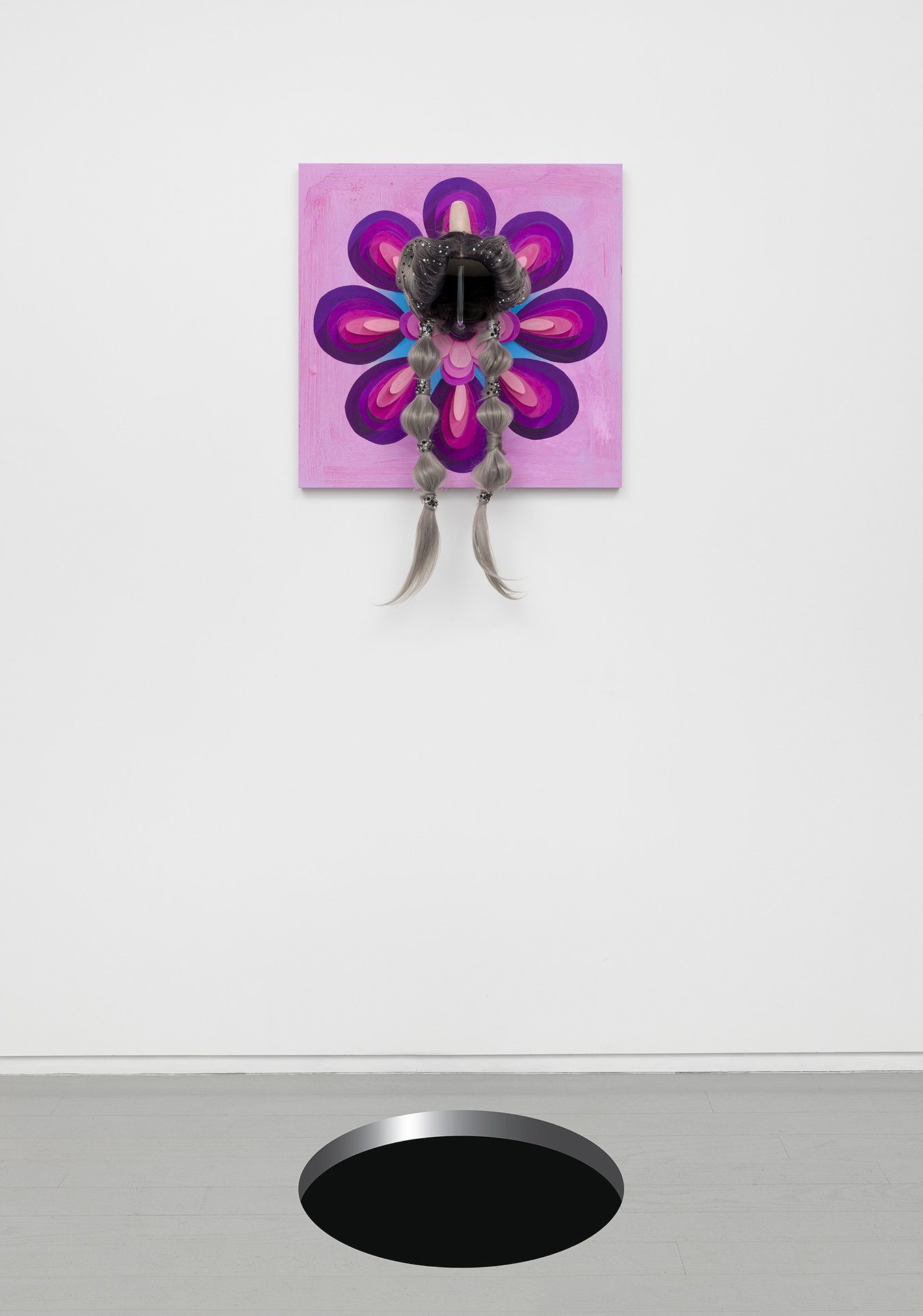
Installation view of There’s No Place from Home. Entry hall. Steve DeFrank, She Fell Out of Her Wig, 2021/22.

Installation view of There’s No Place from Home. Entry hall. Steve DeFrank, alternate view of She Fell Out of Her Wig, 2021/22.

Installation view of There’s No Place from Home. Exercise studio. From left: Steve DeFrank, K Pop Roadkill, 2019; and, William Pagano, Modern House 20, 2018.
STEVE DeFRANK

Steve DeFrank, Glimmer, 2022, 12 x 9 x 2 inches, casein on panel.
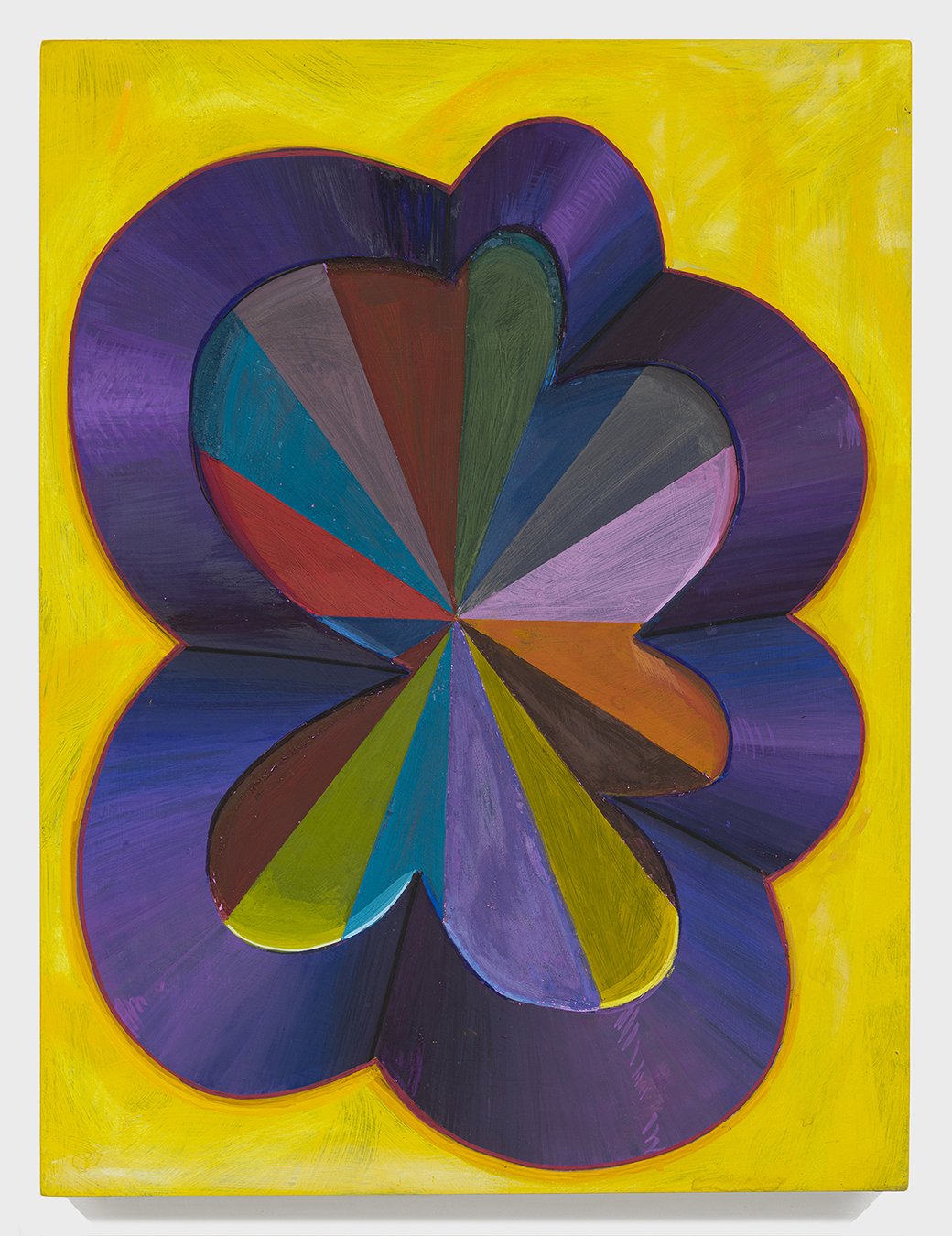
Steve DeFrank, Spin the Spinning Wheel, 2021, 12 x 9 x 2 inches, casein on panel.
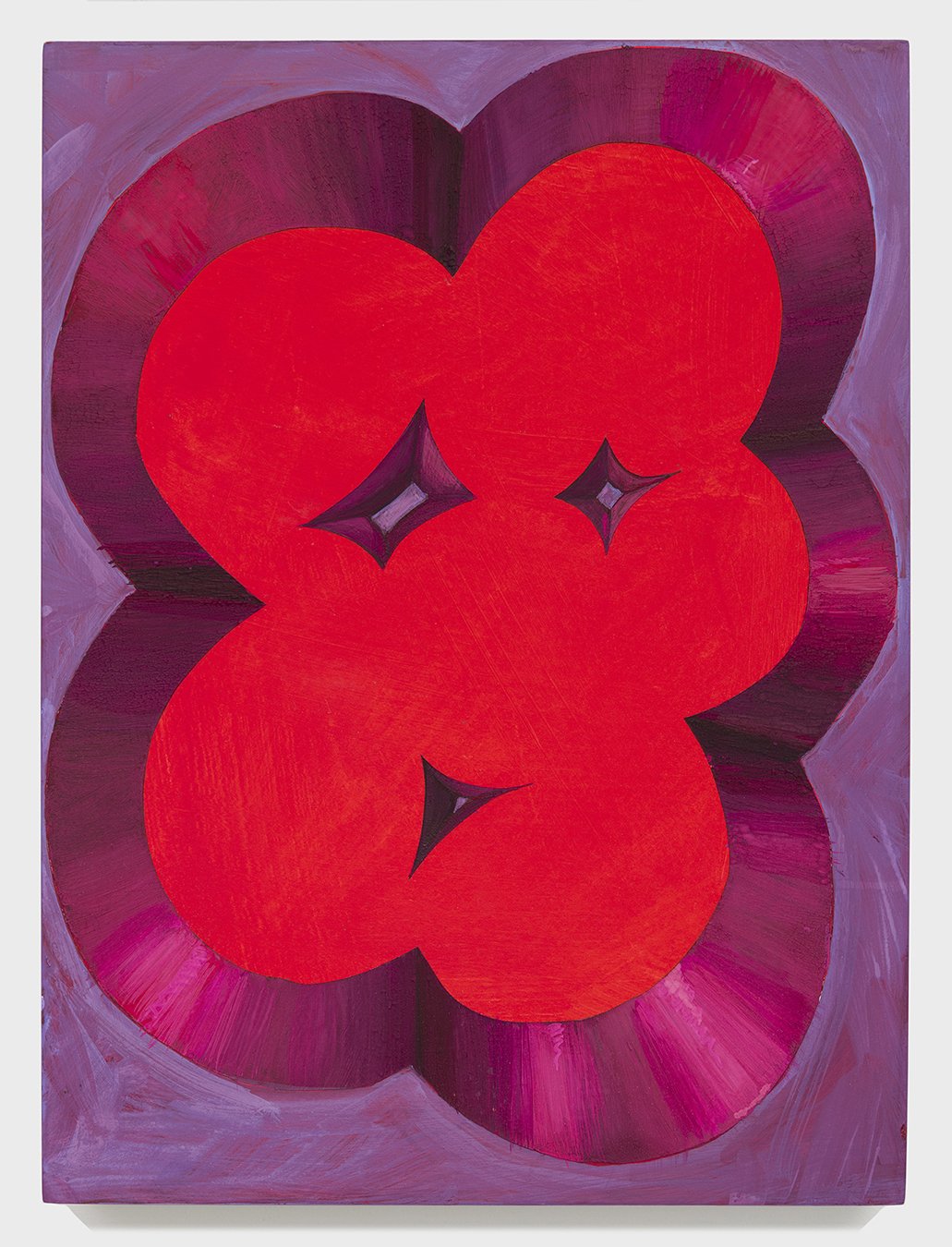
Steve DeFrank, Mind the Gap, 2021, 12 x 9 x 2 inches, casein on panel.

Steve DeFrank, In the Groove, 2022, 12 x 9 x 2 inches, casein on panel.

Steve DeFrank, In the Mood, 2021, 12 x 9 x 2 inches, casein on panel.
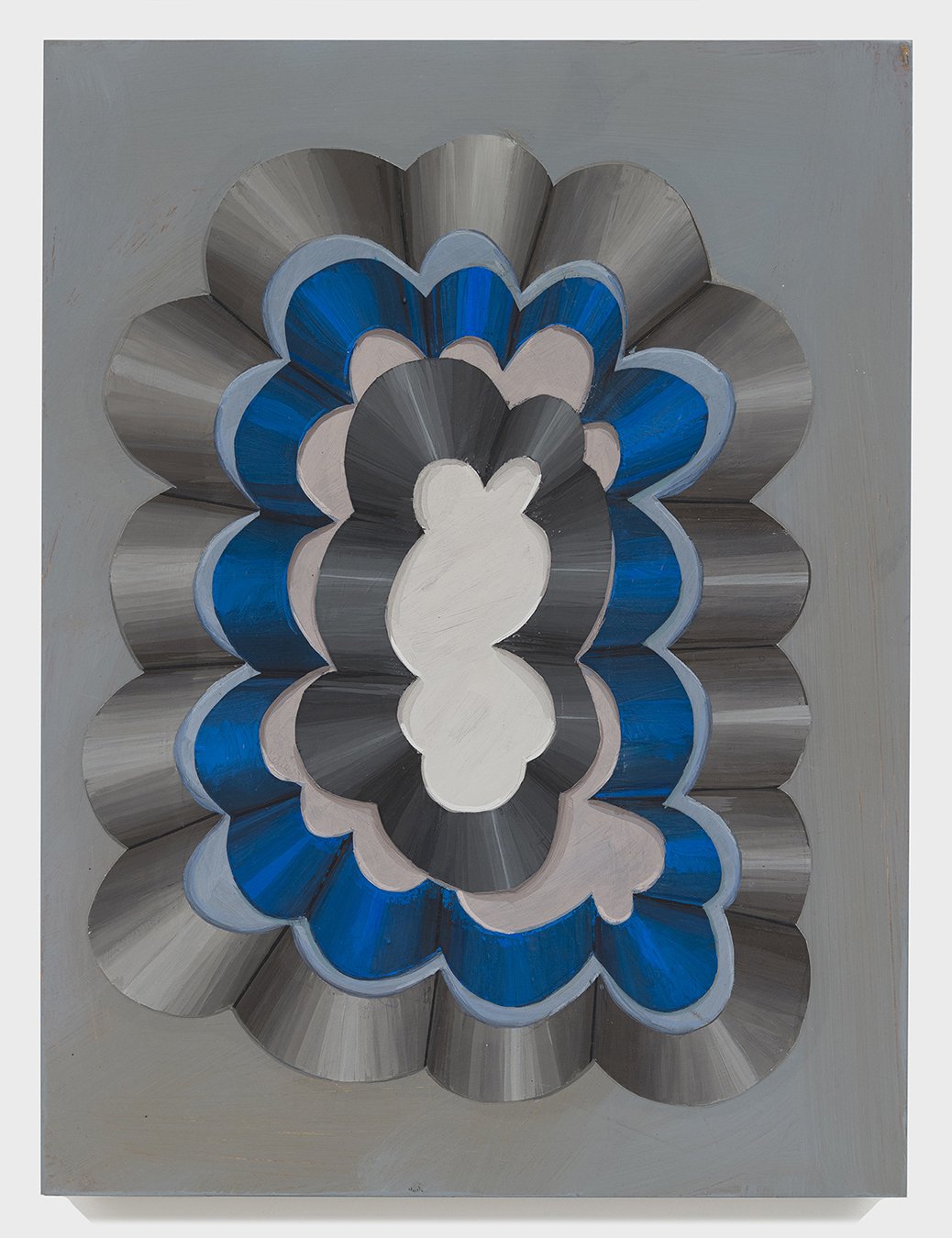
Steve DeFrank, The Gray Lady, 2021, 12 x 9 x 2 inches, casein on panel.
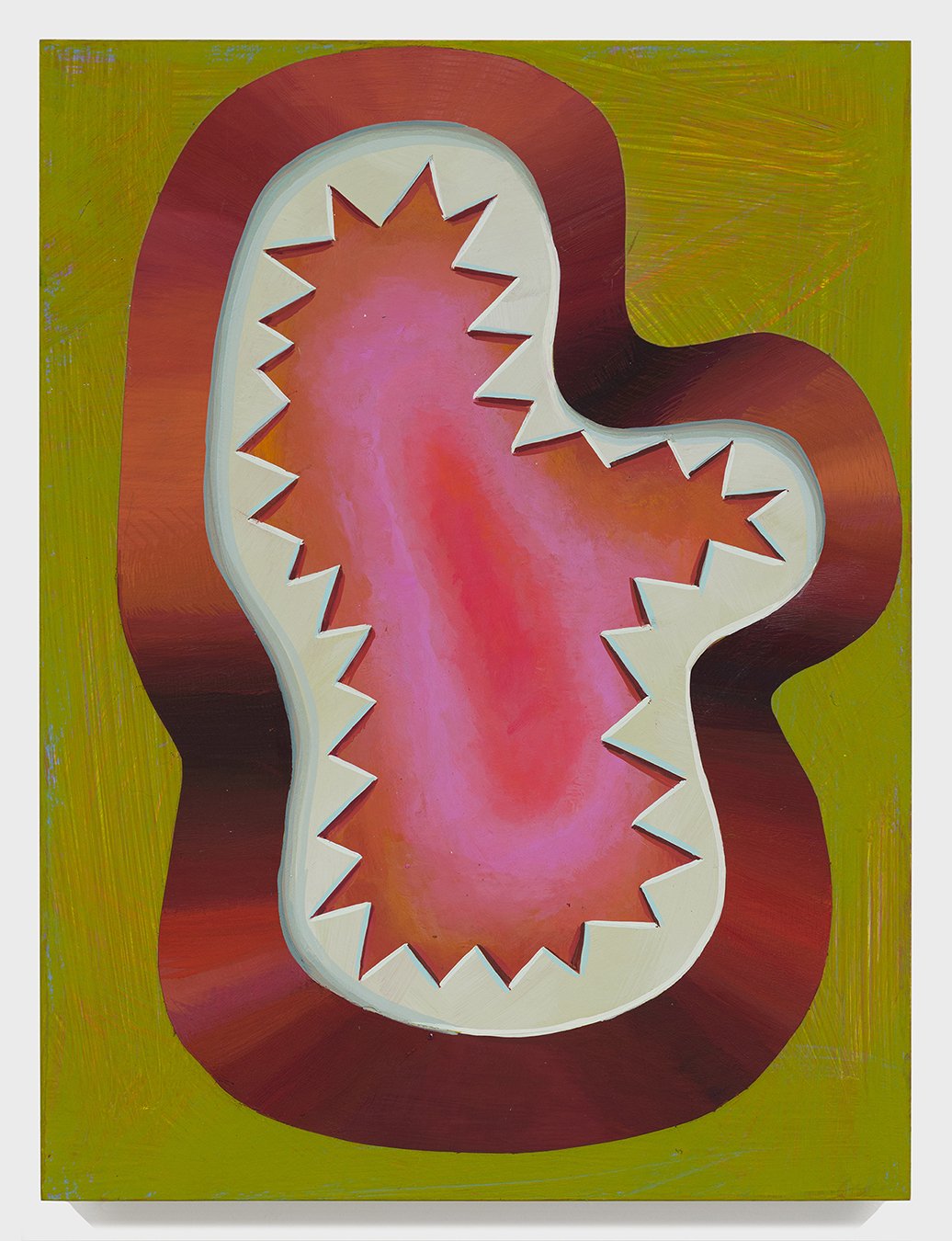
Steve DeFrank, Razor, 2022, 12 x 9 x 2 inches, casein on panel.

Steve DeFrank, Shhh, 2021, 12 x 9 x 2 inches, casein on panel.
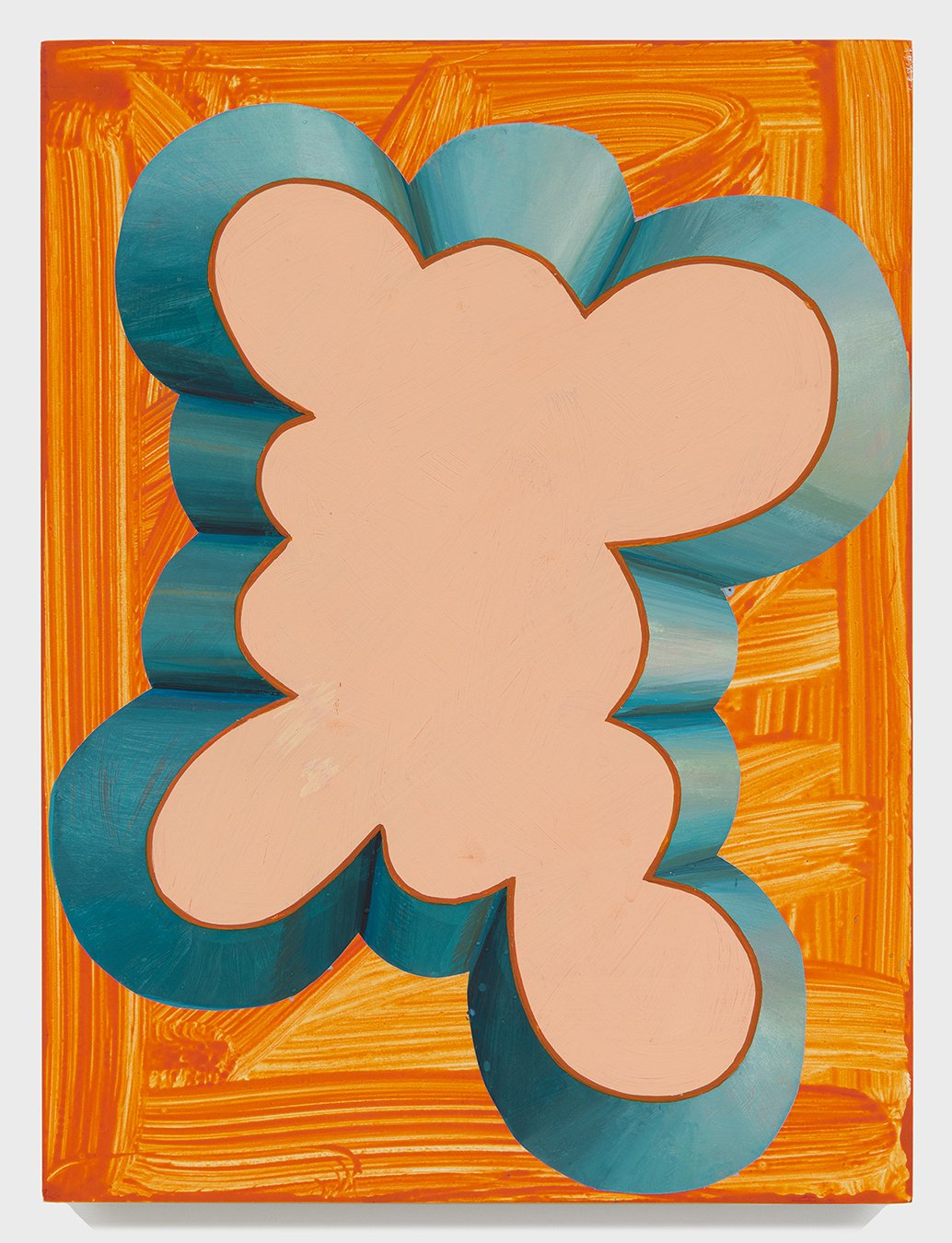
Steve DeFrank, Prelude, 2022, 12 x 9 x 2 inches, casein on panel.
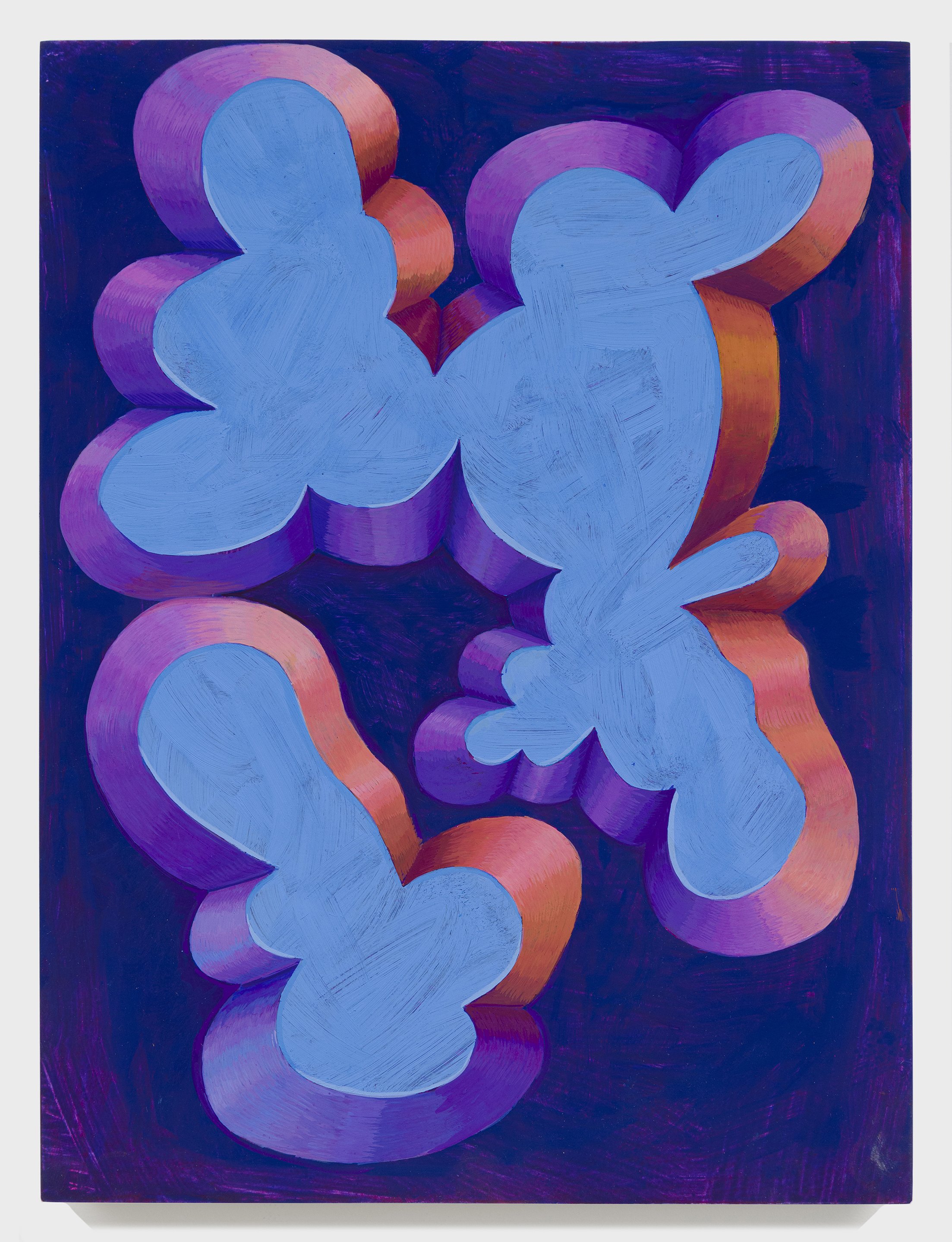
Steve DeFrank, Power Puffs Unite, 2022, 12 x 9 x 2 inches, casein on panel.
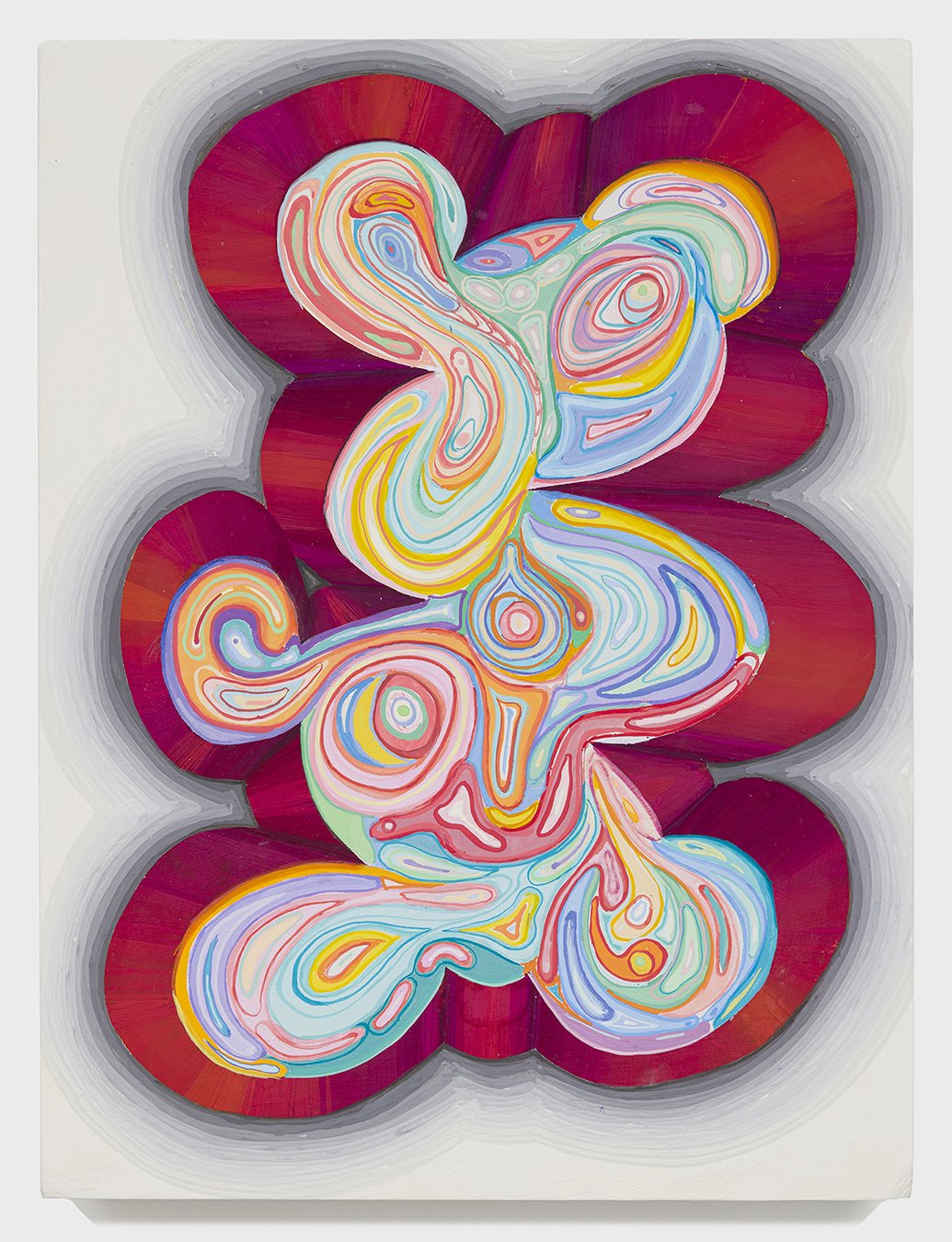
Steve DeFrank, Fluent Forever, 2022, 12 x 9 x 2 inches, casein on panel.
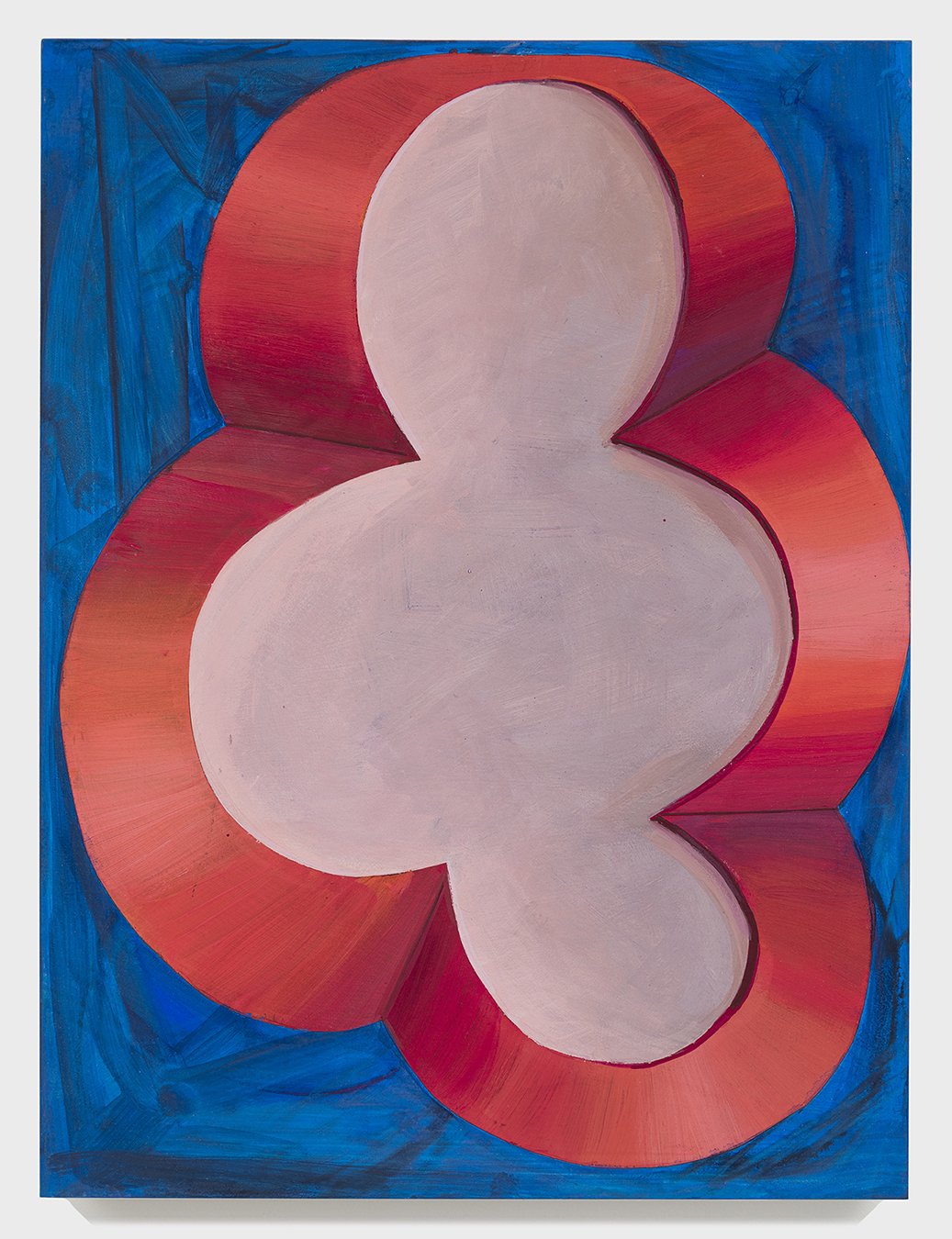
Steve DeFrank, Big Red, 2021, 12 x 9 x 2 inches, casein on panel.
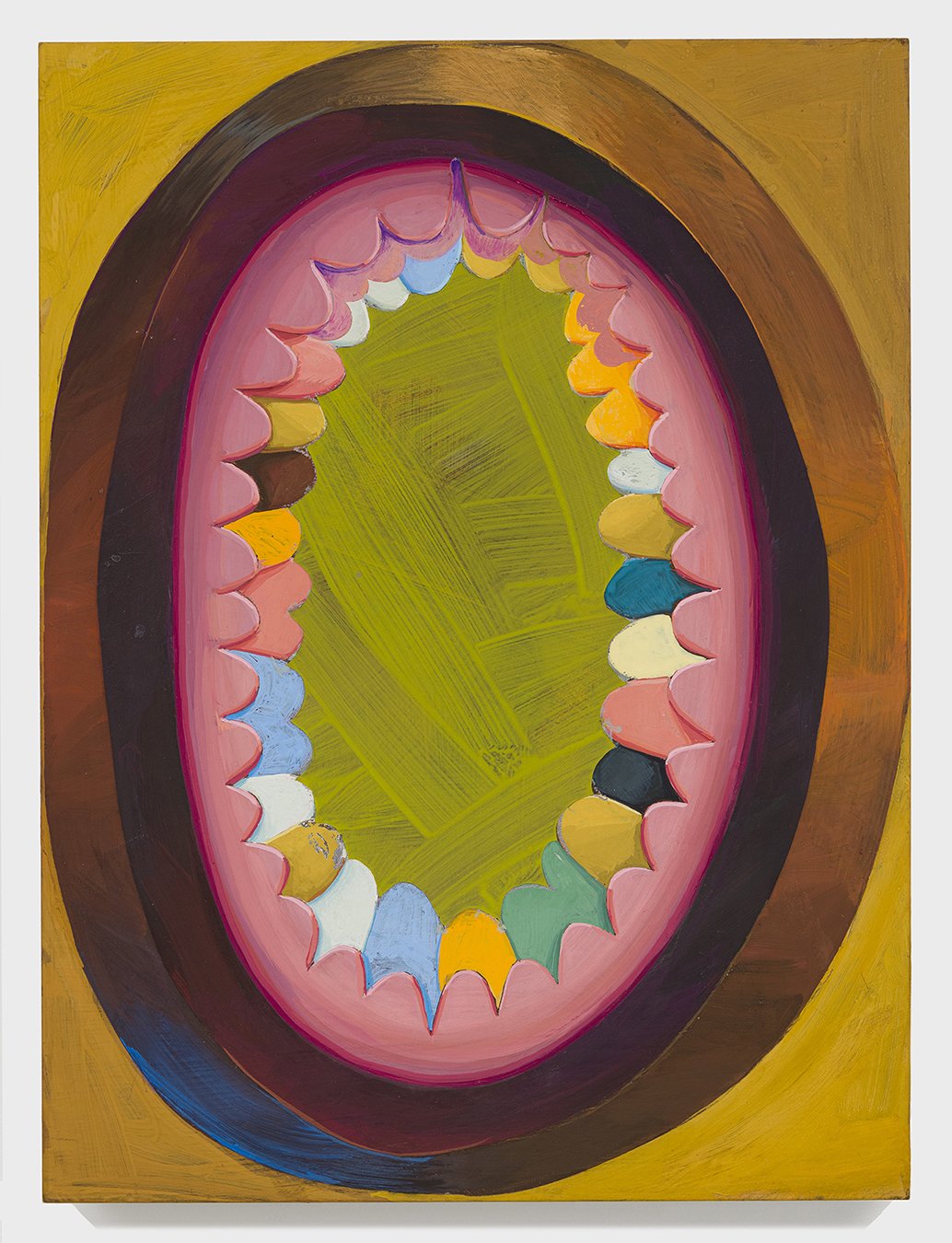
Steve DeFrank, Open Wide, 2021, 12 x 9 x 2 inches, casein on panel.
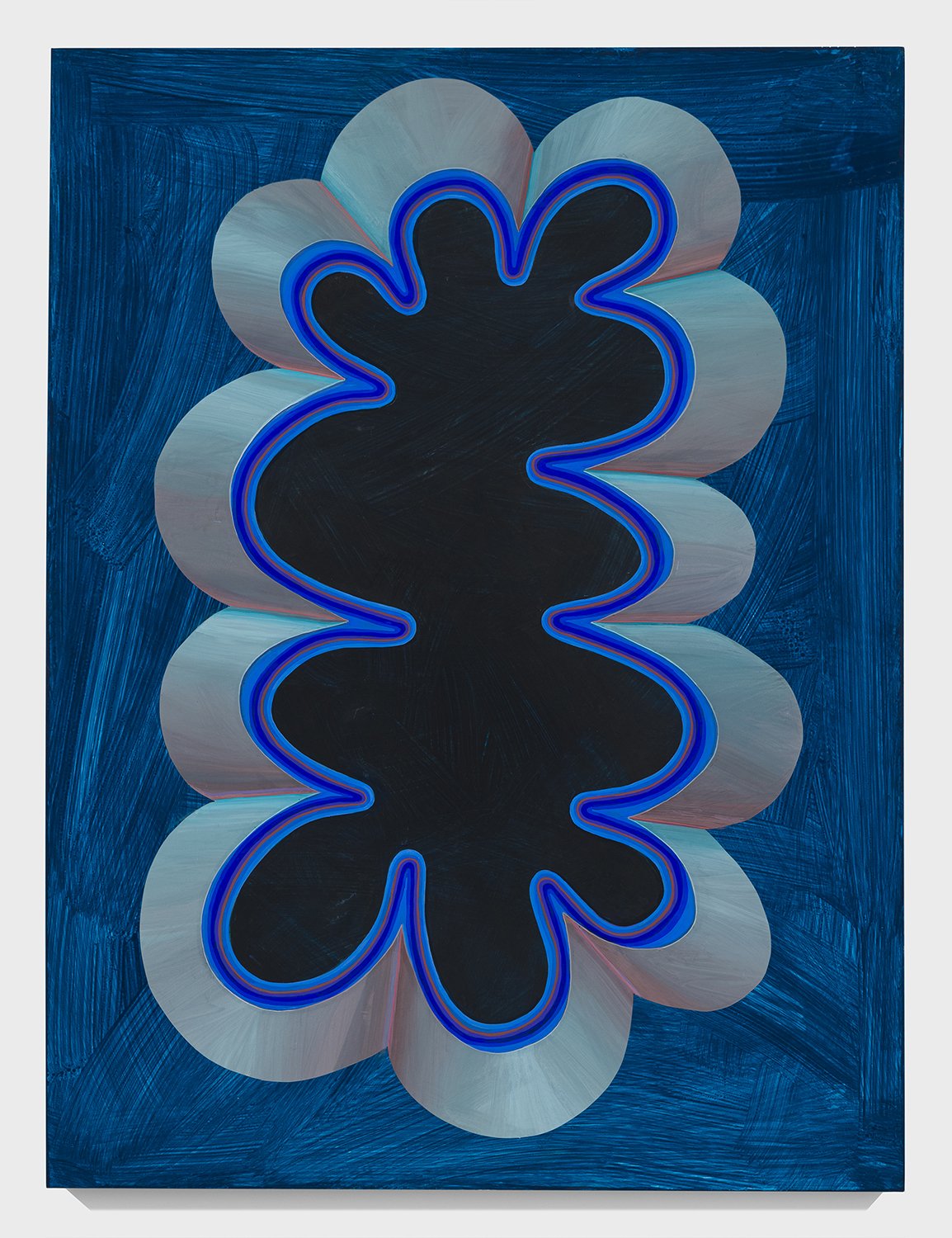
Steve DeFrank, Moon Reflection, 2022, 40 x 30 x 2 inches, casein on panel.
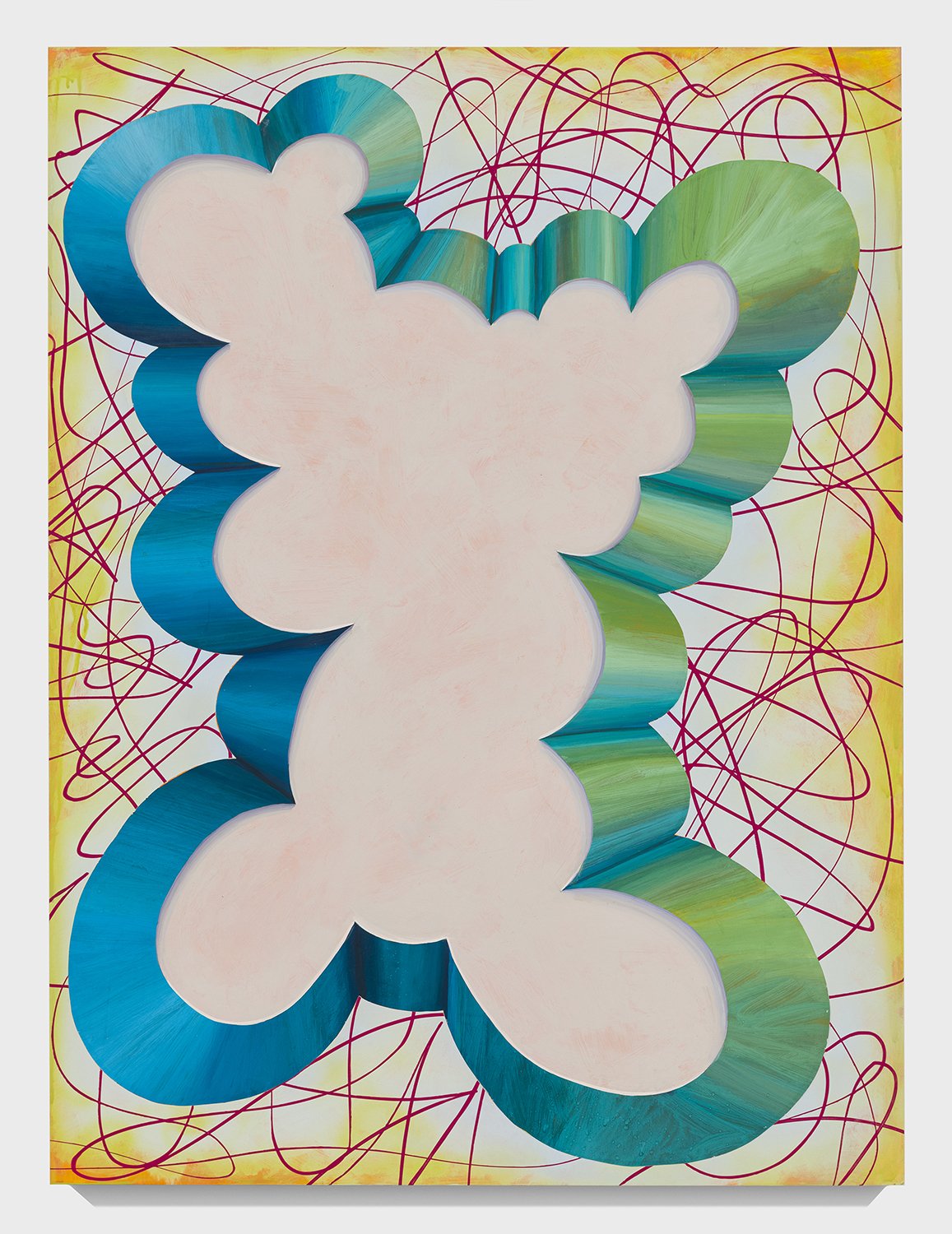
Steve DeFrank, Cookie Cutter, 2022, 40 x 30 x 2 inches, casein on panel.

Steve DeFrank, Unfulfilled, 2019, 20 x 19 x 4 inches, casein on panel, silicone.
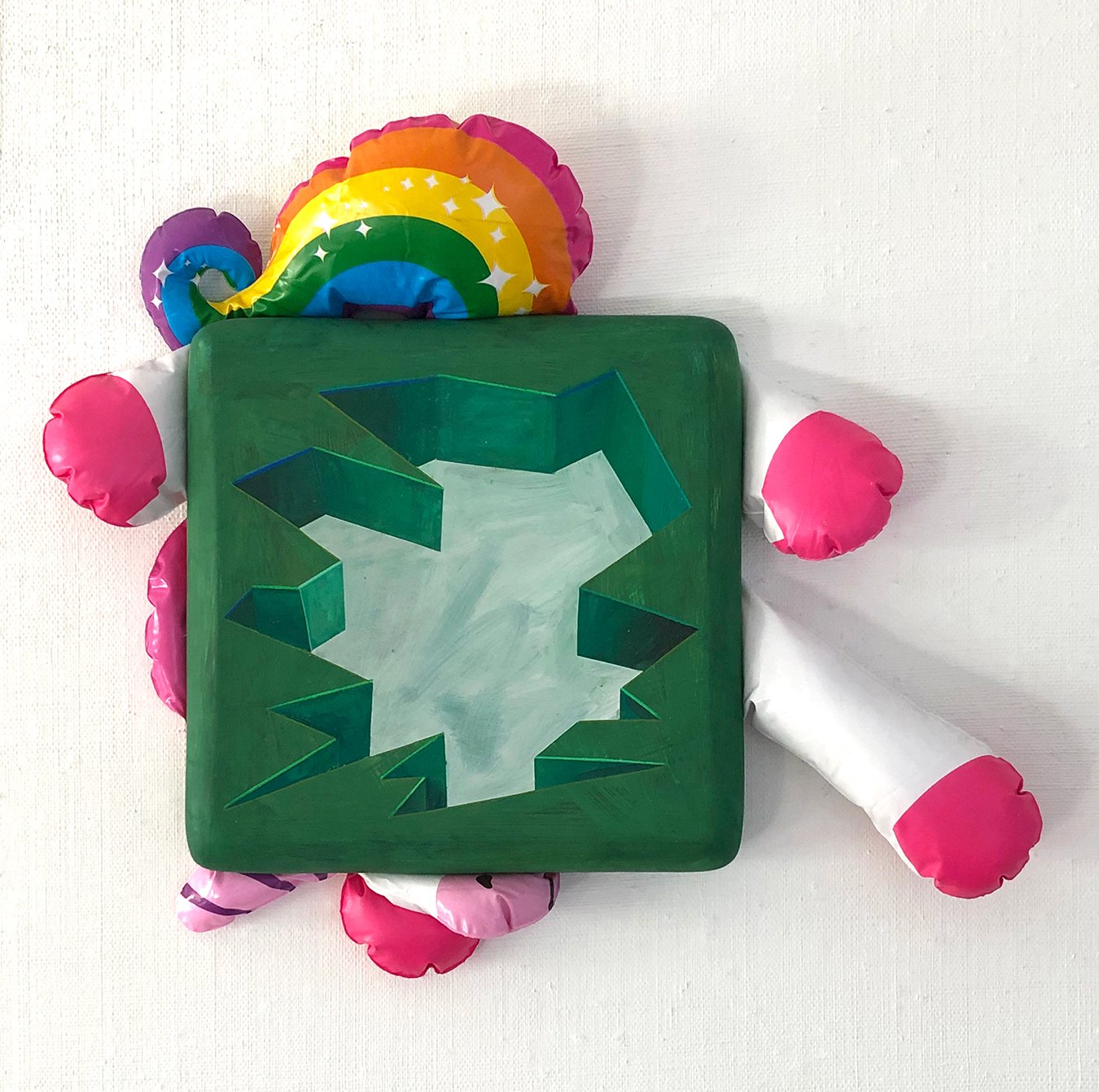
Steve DeFrank, K Pop Roadkill, 2019, 19 x 21 x 3 inches, casein on panel, polymer clay, vinyl unicorn, clay board.

Steve DeFrank. She Fell Out of Her Wig, 2021/22, Installation dimensions: 74 x 24 x 30 inches, casein on panel, nylon hair, rhinestones, silicone, acrylic rod, vinyl sticker.

Steve DeFrank. Alternate view of She Fell Out of Her Wig.
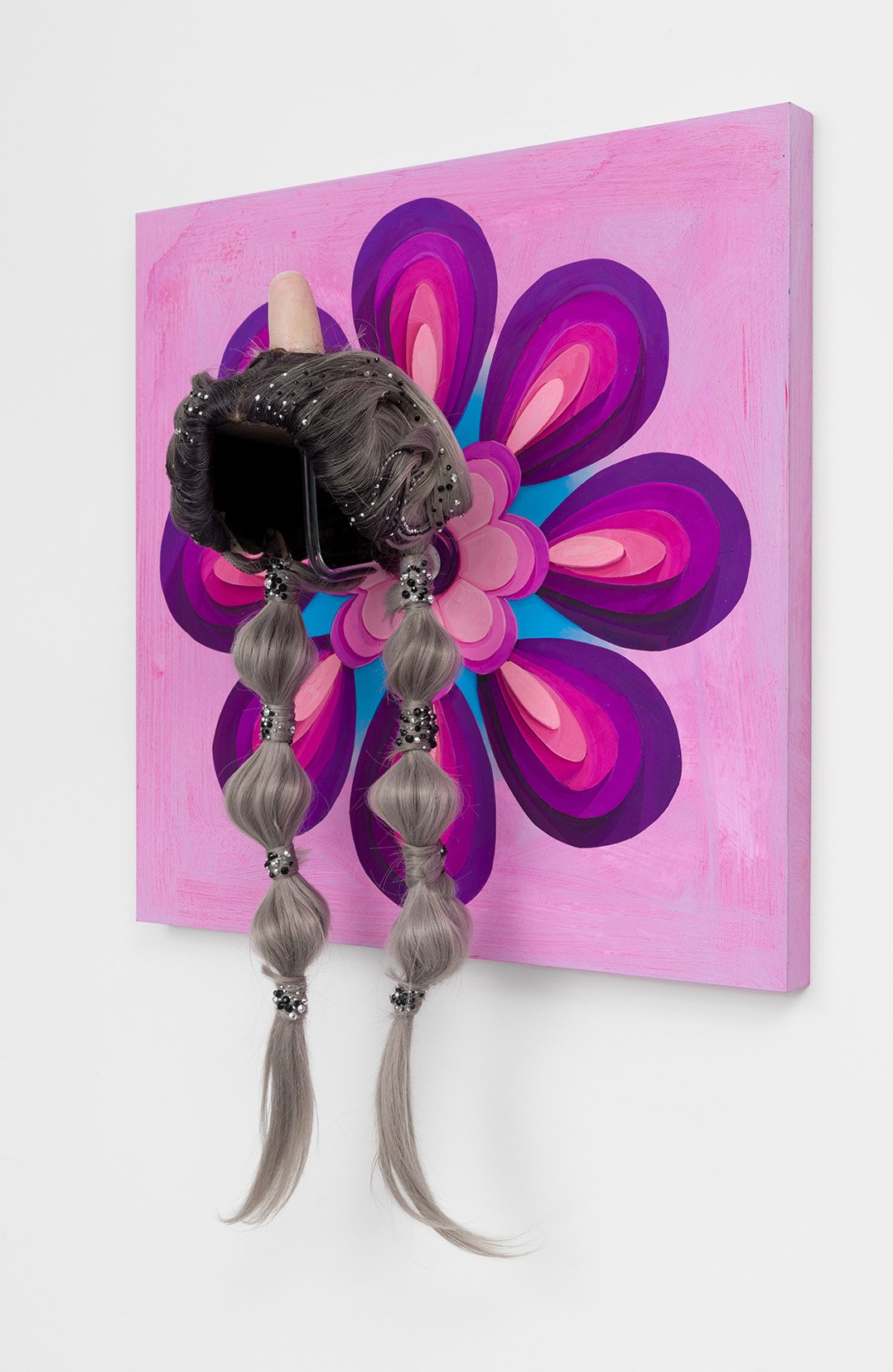
Steve DeFrank. Detail of She Fell Out of Her Wig.
WILLIAM PAGANO
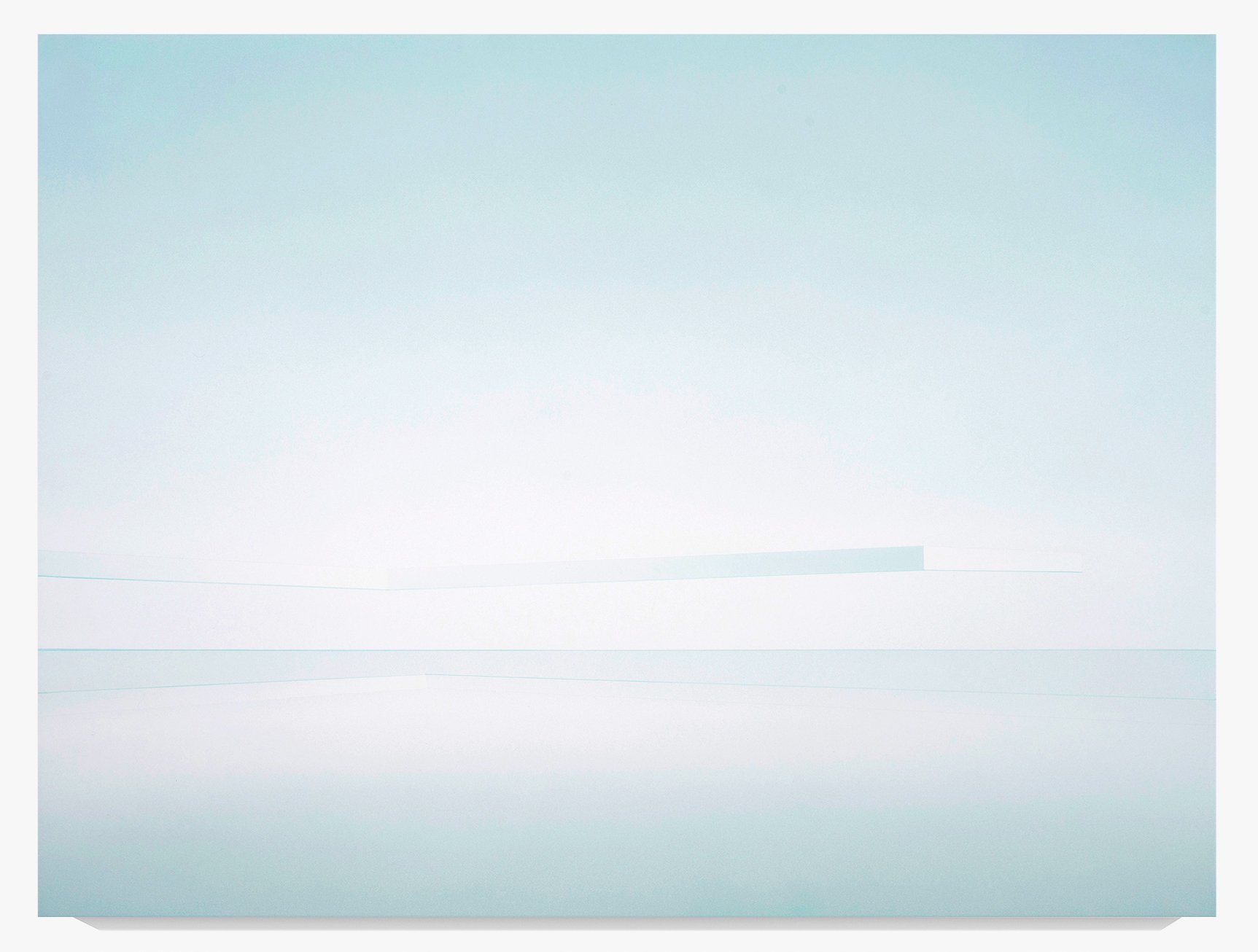
William Pagano, MH Teal, 2022, 36 x 48 inches, acrylic on sintra.

William Pagano, MH Amber, 2022, 36 x 48 inches, acrylic on sintra.

William Pagano, MH Magenta, 2022, 36 x 48 inches, acrylic on sintra.
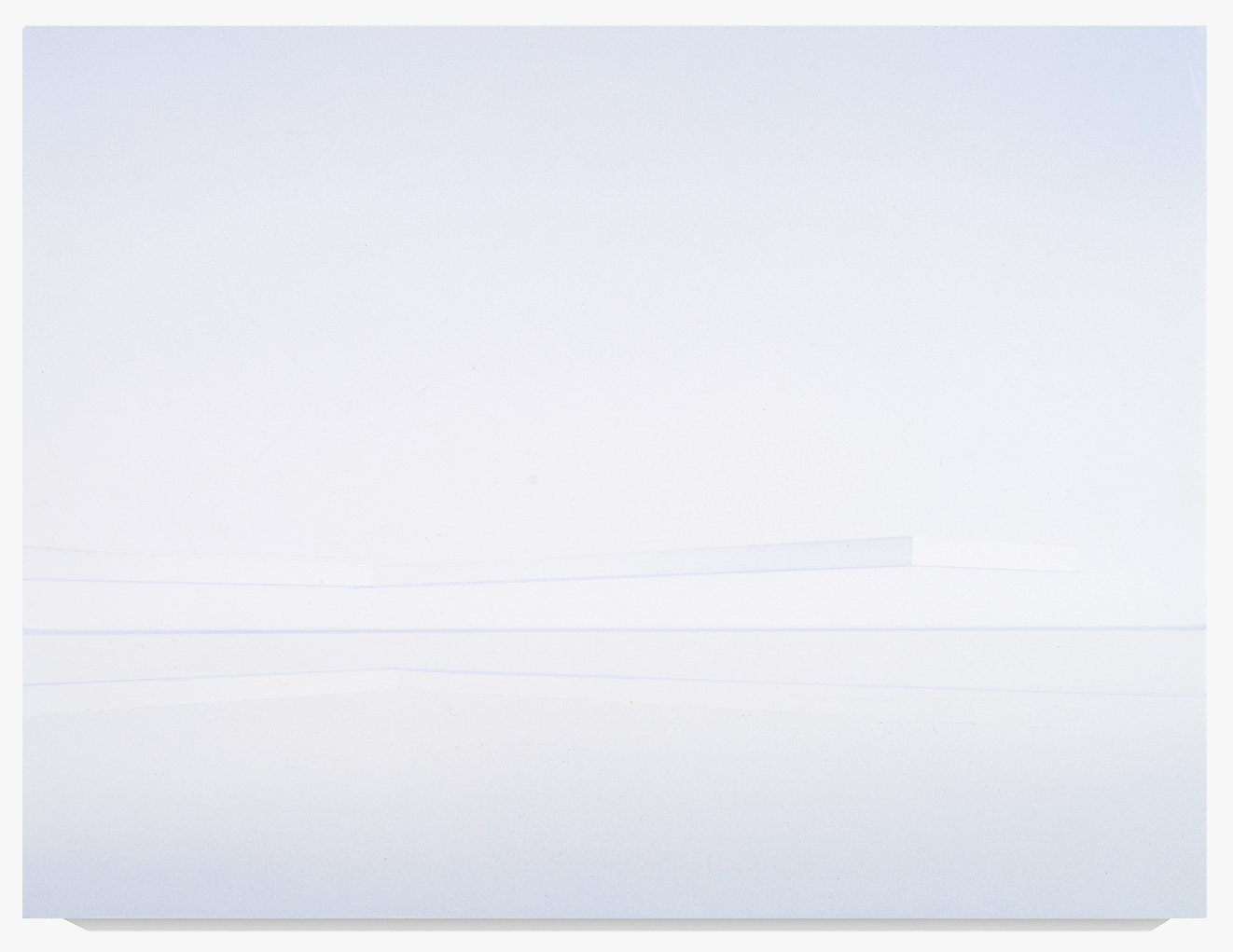
William Pagano, MH Violet, 2022, 12 x 16 inches, acrylic on sintra.
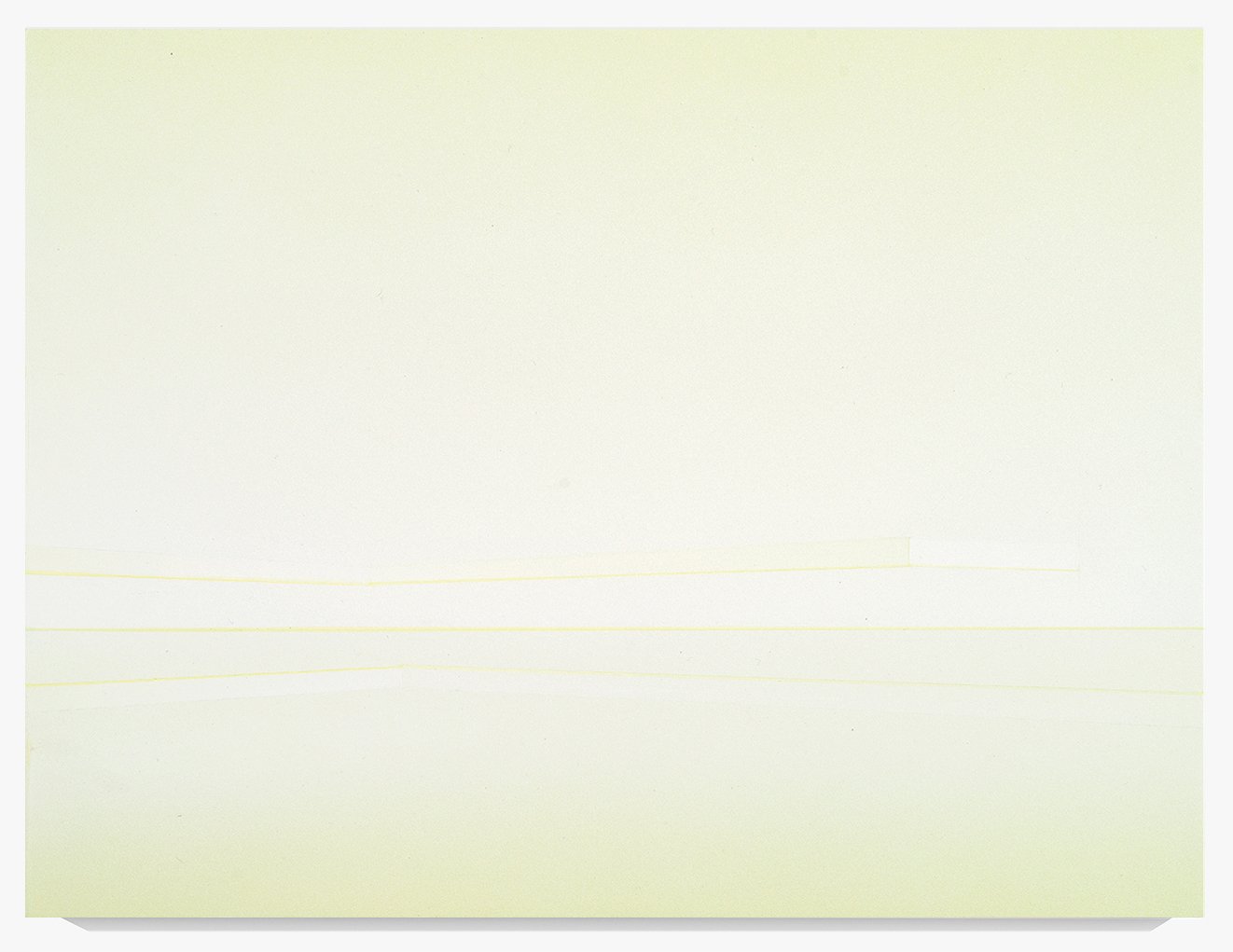
William Pagano, MH Chartreuse, 2022, 12 x 16 inches, acrylic on sintra.

William Pagano, MH Vermillion, 2022, 12 x 16 inches, acrylic on sintra.

William Pagano, Study in White and Periwinkle, 2022, 12 x 16 inches, oil and acrylic on canvas.

William Pagano, Study in White and Lilac, 2022, 12 x 16 inches, oil and acrylic on canvas.
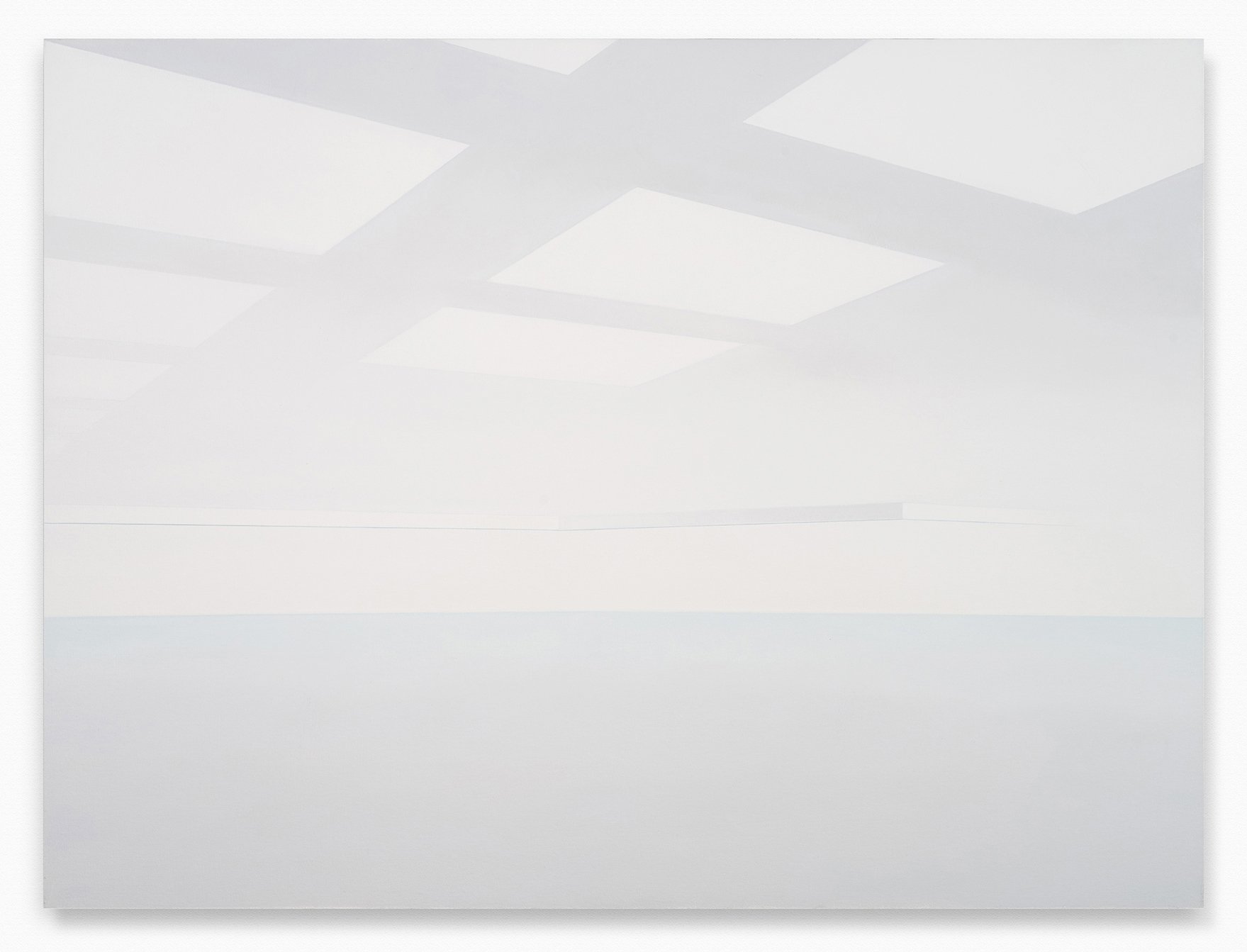
William Pagano, Modern House 12, 2011, 36 x 48 inches, oil on canvas.
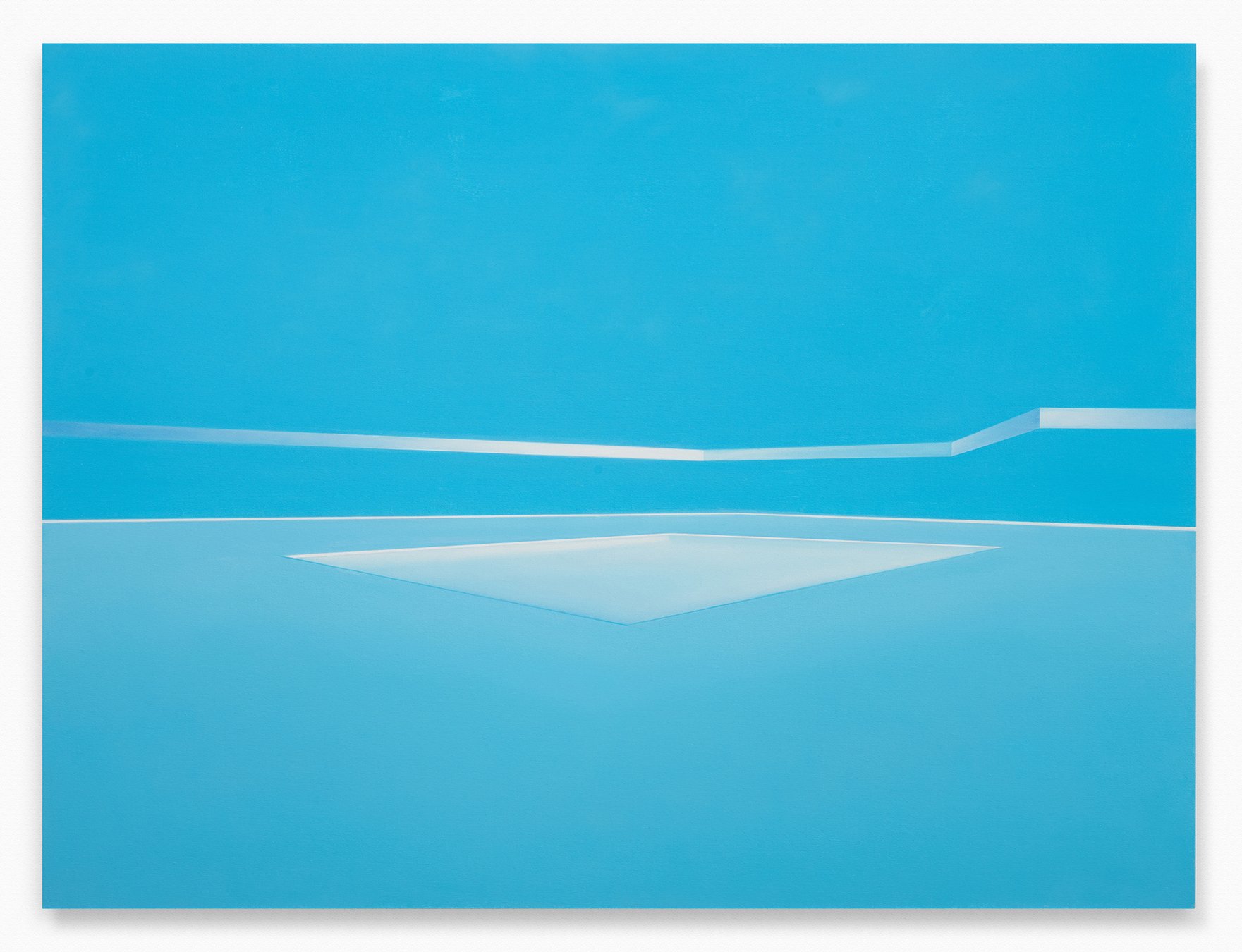
William Pagano, Modern House 20, 2018, 36 x 48 inches, oil on canvas.
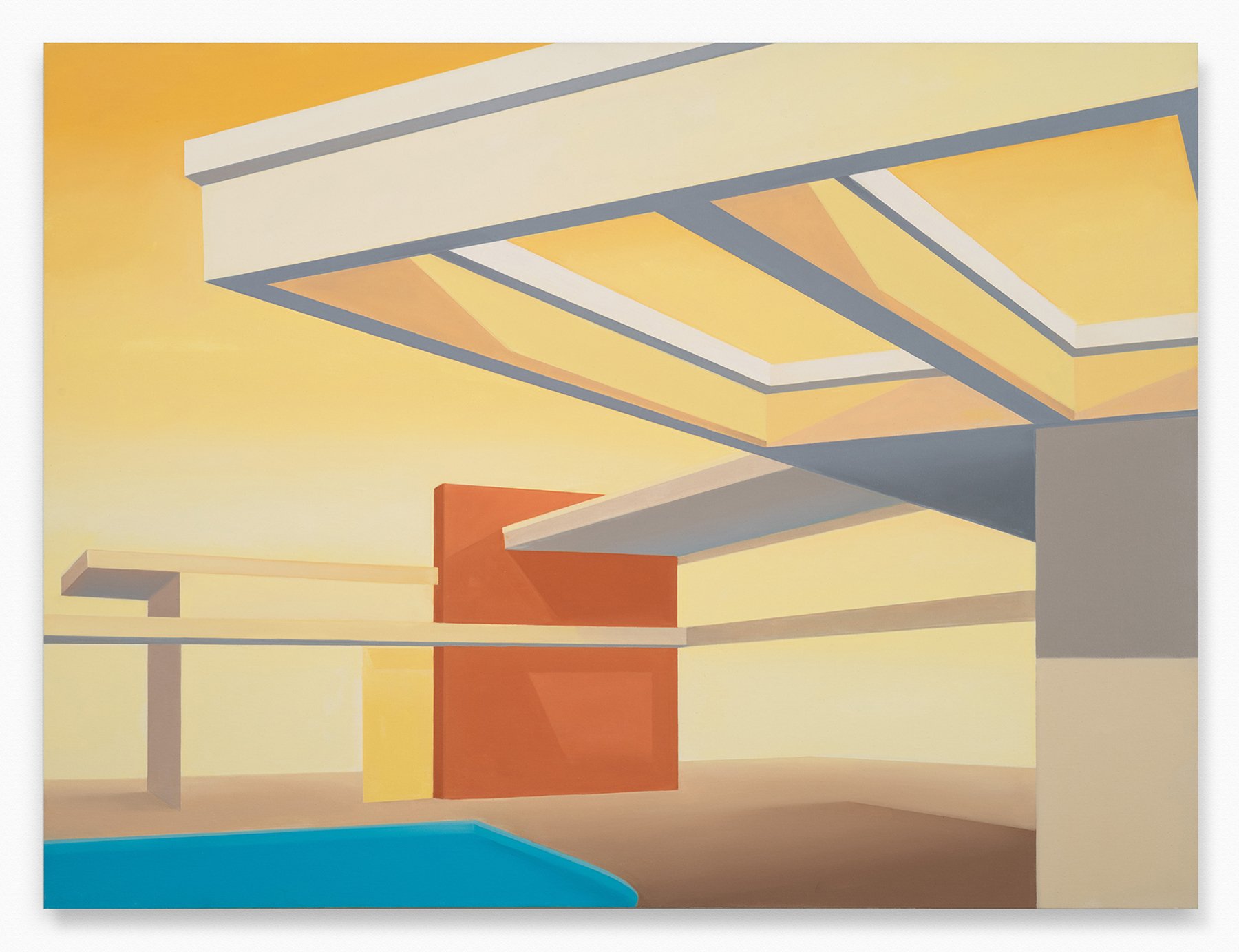
William Pagano, Modern House 9, 2011, 36 x 48 inches, oil on canvas.
BIOGRAPHIES
Steve DeFrank, born 1963 in New Haven, Connecticut, received his MFA in Fine Art at the School of Visual Arts, New York, New York; and, his BFA at he Maryland Institute College of Art, Baltimore, Maryland. DeFrank has mounted solo exhibitions at Spring Break Art Fair, New York, NY; Margaret Thatcher Projects, New York, NY; Clementine Gallery, New York; Clifford Smith Gallery, New York, NY; Vedanta Gallery, Chicago, Illinois; and, Penine Hart Gallery, New York, Ny. DeFrank has been included in numerous group exhibitions including at the Smithsonian Institute’s National Portrait Gallery, Washington, DC: Eli and Edith Broad Art Museum, Michigan State University, Lansing, Michigan; Bellwether Gallery, Brooklyn, NY; The New Museum of Contemporary Art, New York, NY; Andrea Rosen Gallery, New York, NY; and, The Drawing Center, New York, NY. DeFrank is a recipient of a Fulbright Garcia-Robles Scholar, Mexico, where he conducted research into the culture and history of Lucha libre. DeFrank lives and works in New York, New York, where he is a professor at the School of Visual Arts.
William Pagano, born 1950 in New York, New York, received both his MA in Art and BA in Art Education at Long Island University’s CW Post College, Greenvale, New York. Pagano has been included in numerous exhibitions, including Sara Nightingale Gallery, Water Mill, NY (solo); ChaShaMa, New York, NY; offLINE at Central Booking, New York, NY; Gavlak Gallery, West Palm Beach, FL; Art and Cultural Center, Hollywood, FL; folioeast, East Hampton, NY; and, Village West Gallery, Jersey City, NJ. Pagano has participated in residencies at the School of Visual Arts, New York, NY, and ChaNorth, Pine Plains, NY. Prior to establishing his studio practice, Pagano was an art educator and art department chairperson for Long Island, New York's Sachem School District. Pagano lives and works in Water Mill, New York.
Nora Della Fera is a writer, art historian, and Brooklyn native. She received her BA in Liberal Arts in 2020 from Sarah Lawrence College in Bronxville, NY, and previously studied at the University of St. Andrews in St. Andrews, Scotland. Among her awards and distinctions, she is a recipient of the New York State Summer Writer’s Institute Scholarship from Skidmore College and The Stanley and Evelyn Lipkin Prize from Sarah Lawrence College. Since 2018, she has been a volunteer at the Lesbian Herstory Archives in Park Slope, Brooklyn where, among her responsibilities, she maintains archival collections including buttons and ephemera, banners, books, and periodicals. Della Fera lives and works in Brooklyn, New York.



